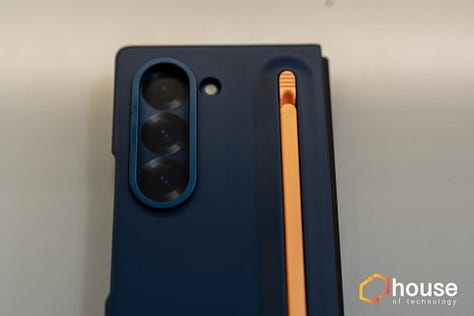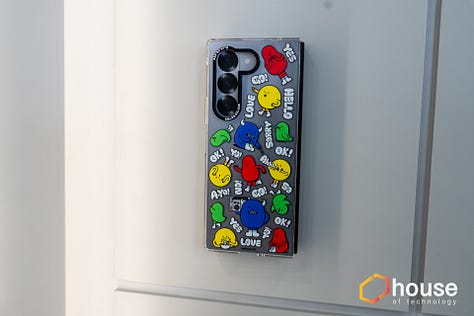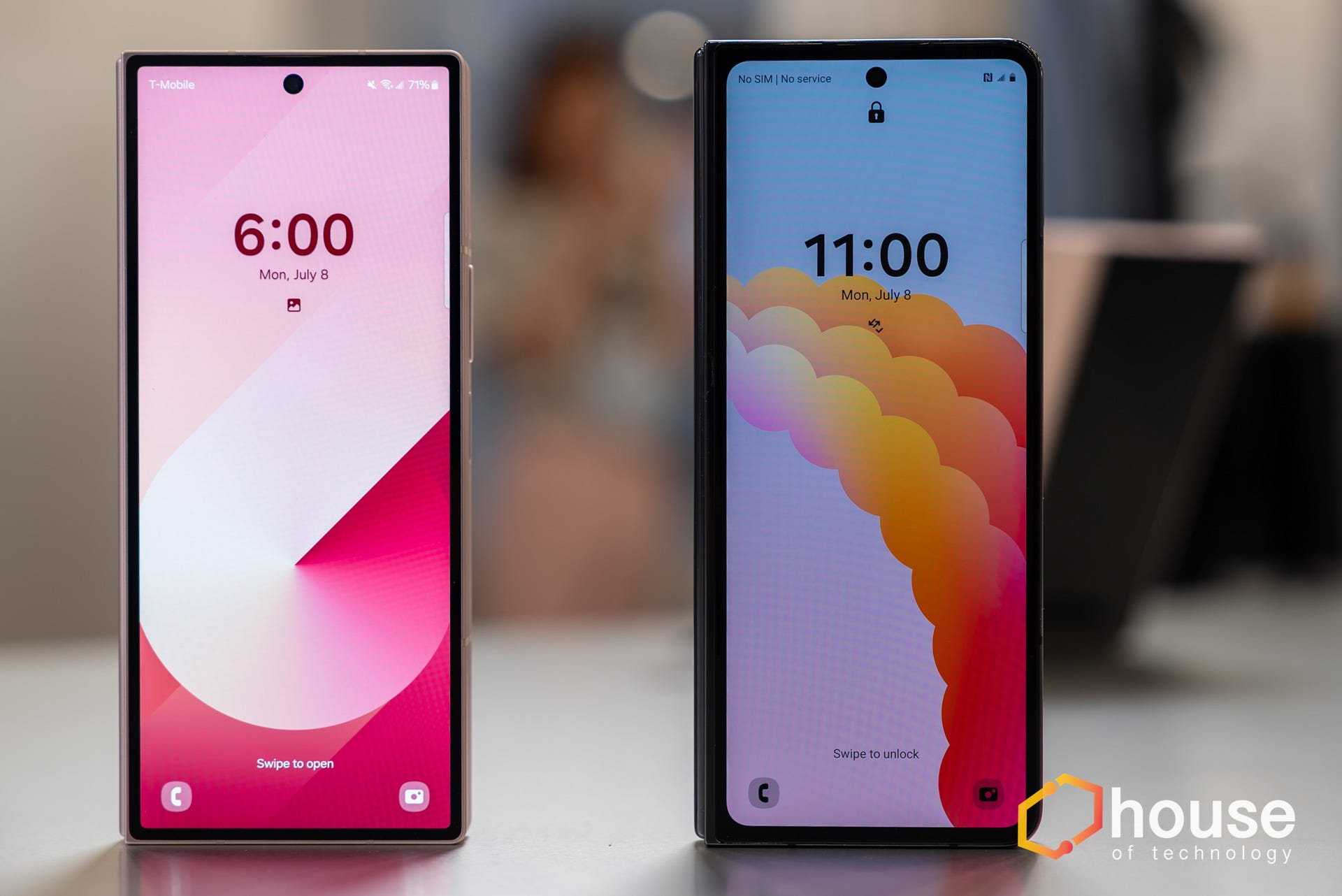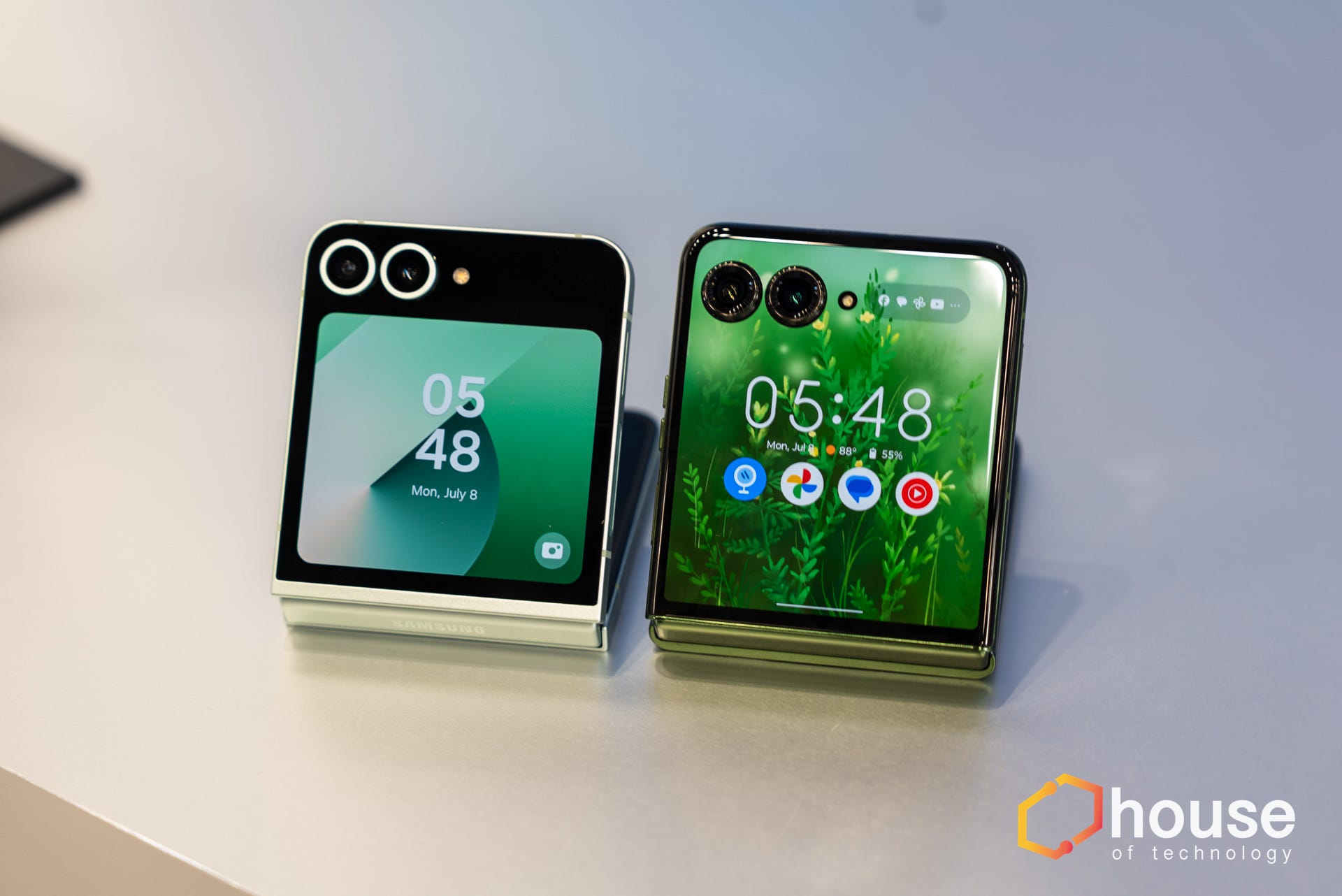The Galaxy Z Fold 6 and Flip 6 bring small tweaks and a focus on AI
Samsung's folding strategy is to focus on AI instead of hardware improvements. The result are two phones that are perfectly fine, but leave me wanting much more.
The smartphone industry is rife with examples of incumbent companies being forced into action by competitors innovating and raising the standard. Last year, Samsung launched the Galaxy Z Fold 5 — itself an iterative upgrade on the previous generation — only for OnePlus to make a foldable with better hardware. This was weeks after Motorola relaunched the RAZR, which provided real competition for the Galaxy Z Flip series in some of Samsung's key markets.
The sixth generation of Galaxy foldables sees Samsung launch an iterative upgrade with minor refinements. It couples this with the latest processor, a tweak to the camera, and a concerted effort to push Galaxy AI to the forefront of its devices. It's evident that AI will be key to Samsung's future endeavors.
The company is striving to integrate Galaxy AI into all its products, and with a projected 200 million devices running Galaxy AI by the end of the year, it has the scale to achieve these ambitions in the eyes of its customers. The critical issue is whether its AI efforts warrant the $100 price increase.
I've spent a few hours with the new devices and am typing this on the Galaxy Z Fold 6. Here are my key takeaways on Samsung's latest phones.
Minor tweaks to the Galaxy Z Fold 6 equals a more polished experience
Let’s make one thing clear: the Galaxy Z Fold 6 and Flip 6 are both excellent phones. Each features refinements – the Fold less than the Flip – over the previous generation, and they continue Samsung’s trajectory of its foldable devices. The issue – at least, from my perspective – is not the devices themselves but that they now face much stronger competition (more on that later).
The Fold 6 has the smallest refinements of the two new foldables. At 239 grams, it is only 14 grams lighter than last year, but this results in a noticeably more ergonomic feel. It is 0.5mm thinner when unfolded, has a more squared-off design, and the front display has fewer rounded edges, resulting in a more uniform and familiar smartphone-like experience.
The main display hasn’t changed, but the front display is 1mm shorter and 3mm wider, resulting in a 0.1-inch increase in size to 6.3 inches. These are small numbers, but it definitely feels more friendly in the hand. There’s a Snapdragon 8 Gen 3 for Galaxy processor, 12GB of RAM, and between 256GB and 1TB of storage.
The main camera is the same 50MP as last year, as is the 12MP telephoto lens with 3x optical zoom. New for this year is the 12MP ultra-wide camera, which uses a newer sensor (with the same specs on paper) that should herald better low-light noise reduction. It’s powered by a 4,400mAh battery with 25W charging and comes in Navy, Silver Shadow, Pink, White and Black colors. The latter two are exclusive to Samsung.com, and the Black has a unique carbon fiber-like finish.
More refinements in the Galaxy Z Flip 6
The Galaxy Z Flip 6 has more improvements than its larger sibling. It has the same processor and RAM, 256GB or 512GB storage options, and a 4,000 mAh battery, the largest ever in a Galaxy Z Flip.
The Cover Display measures 3.4 inches and comes with Gorilla Glass Victus 2 protection. Its peak brightness of 2,600 nits makes it perfect for outdoor usage. The main display is the same 6.7-inch as last year's, with no notable changes. However, there are a few notable tweaks and improvements that should enhance the overall Flip experience.
The Galaxy Z Flip 6 is the first Samsung flip phone to feature a vapor chamber, which should aid significantly in cooling and performance, and is 50% larger than the one found in the Galaxy S24 Ultra. It also has the best cameras ever on a Galaxy Z Flip.
The main camera has a new 50MP sensor — a big upgrade over last year’s 12MP sensor — with an f/1.8 aperture, OIS, and support for 4K recording at 60fps. By default, the Galaxy Z Flip 6 uses Pixel Binning to combine four pixels into one, resulting in 12MP photos with much better light. The Flip 6 also offers a 2x telephoto by cropping in on the main sensor. The ultra-wide camera has the same upgraded sensor found in the Galaxy Z Flip 6. I do love that the cameras now feature a ring that matches the color of the device itself, which helps them stand out from the previous Galaxy Z Flip devices.
On the software front, there’s a new AI-powered auto zoom feature that can detect subjects and automatically zoom to capture the best angle. There’s also a new AI portrait feature that offers clearer outlines, more authentic facial expressions, and natural bokeh. There’s a new night mode for Instagram stories – available directly within the Instagram camera – and much like the new Motorola Razr Plus 2024, the ability to hold the Galaxy Z Flip 6 like a camcorder.
The big bet on Galaxy AI
Expect every Samsung commercial to focus on AI and use the ✨ emoji. Beyond just its phones, Samsung’s new wearables also focus on building new AI-powered experiences and features.
The main software enhancements on the Galaxy Z Flip 6 and Fold 6 are all AI-powered. You can use text to generate unique images to use as wallpapers. There are a diverse set of wallpaper styles, and on the Flip 6, you can interact more with these wallpapers just by touching the screen.
Both devices utilize AI to offer smart suggested replies. AI will read what’s on the display and provide contextually aware responses rather than the boilerplate responses we’ve seen before. You can generate text and images, but many of these features require using the Samsung Keyboard, which is not as good as alternative keyboard options.






Both devices can also utilize the interpreter feature, which allows you to converse with someone who speaks a different language. The phone displays translations on the front display in real time. This actually works pretty well, although in a reasonably noisy demo environment, the microphones did struggle a little to isolate my voice from the ambient noise.
On the Galaxy Z Fold 6, you can set the interpreter to listening mode, which provides a real-time translation and transcription of everything being said. This is ideal when your native language is different from the language being spoken, especially if you attend conferences in other countries. Lastly, the Chat Assist function helps you craft messages in various tones for different mediums — such as a professional email or casual social media post — although I was not overly impressed.
Are they enough for the intense competition?
This is where I’m stuck. The Galaxy Z Fold 6 and Flip 6 are great phones in their own right, but do they represent enough in a world where the competition is more fierce than ever before? I would argue that they do not, especially considering each is $100 more expensive than last year.
The Galaxy Z Fold 6 starts at $1,899.99, while the Galaxy Z Flip 6 is $1,099.99. The Flip’s biggest competitor in the US – the new Motorola Razr Plus 2024, which I called the King of the Flip in my review – is $999.99 and has a much larger and better Cover Display. Granted, the cameras likely aren’t as good, and it uses the 8s Gen 3 chipset versus the 8 Gen 3, but for most people, the Razr Plus is a better overall phone.
Then there’s the Fold 6. It offers much the same experience – with a few small refinements – as last year’s Fold 5 but costs $100 more. The Fold 5 was already the second-best book-style folding phone in the US and likely fourth or lower outside the US, and the Fold 6 won’t improve that position. Samsung’s saving grace last year was that OPPO – the parent/sibling of OnePlus – doesn’t aggressively market its products like Samsung does, so the company didn’t need to compete as much.
Last year’s third-placed – and last remaining – book-style foldable in the US was the Pixel Fold. Google made some missteps with its first foldable and launched it before Samsung launched the Fold 5, but this year, Google has waited. We’re expecting the Pixel Fold 2 to launch next month, and it is rumored to bring many improvements. It will likely have the best camera on a book-style foldable, and it will be a significant overall improvement. Unlike OPPO, Google does have the financial capability – and has shown a willingness – to aggressively market its products, and the Galaxy Z Fold 6 may not be able to stand out against this intense competition.
Lenovo-owned Motorola and Google are well-capitalized and have strong enterprise relationships and distribution partnerships, although Samsung still has better phone distribution. In six months' time, it’s unclear whether the Galaxy Z Fold 6 and Galaxy Z Flip 6 will be able to truly stand out in a very crowded market, especially with a lot more foldables set to launch in Samsung’s key markets outside the US.
At first glance, both phones offer small refinements to an already polished experience. Yet, I can’t help but feel they’re not as impactful as their predecessors, mainly because better choices are now available. I’ve loved the Galaxy Z Fold and Flip since they were launched, but it feels like Samsung has stuck to its status quo while everyone else has caught up and exceeded it. Let’s hope that Samsung reimagines its foldable lineup next year.
Stay tuned for full reviews on both these phones in the coming weeks!












